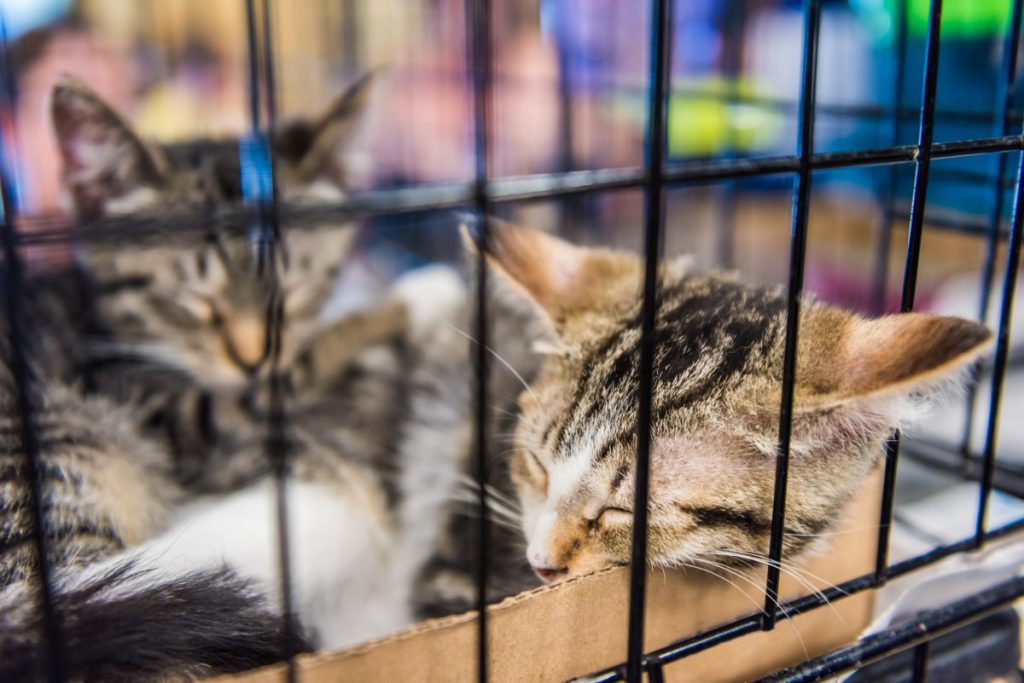On Oct. 13 and 14, the UF College of Veterinary Medicine teamed up with a nonprofit organization in an effort to keep the cat population under control. Through this collaboration, veterinary students had the opportunity to receive practical guidance as they sterilized over 150 cats.

Temperatures in a Russian town plunged to -31 degrees Fahrenheit when a cat's paws froze to the ground. Thanks to…








